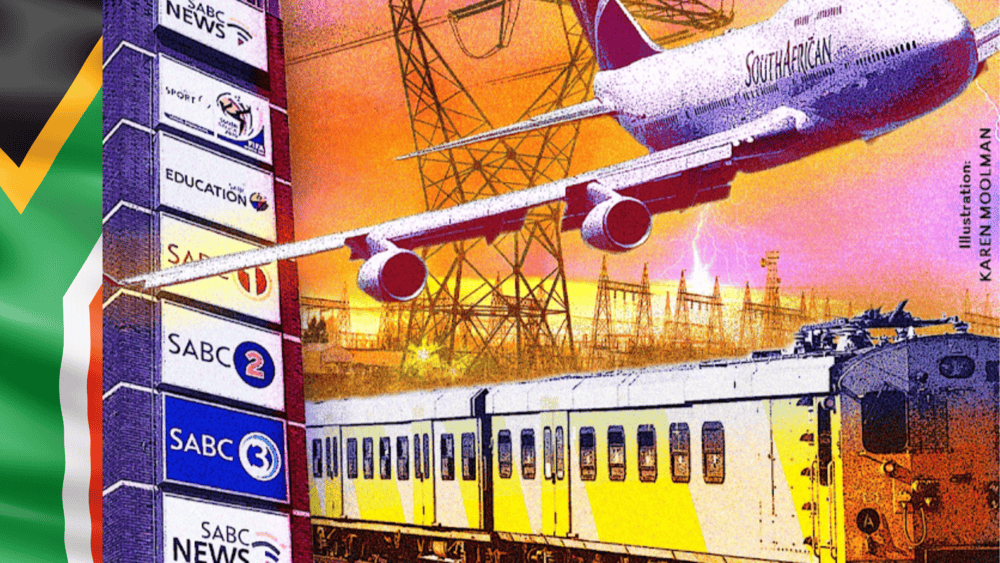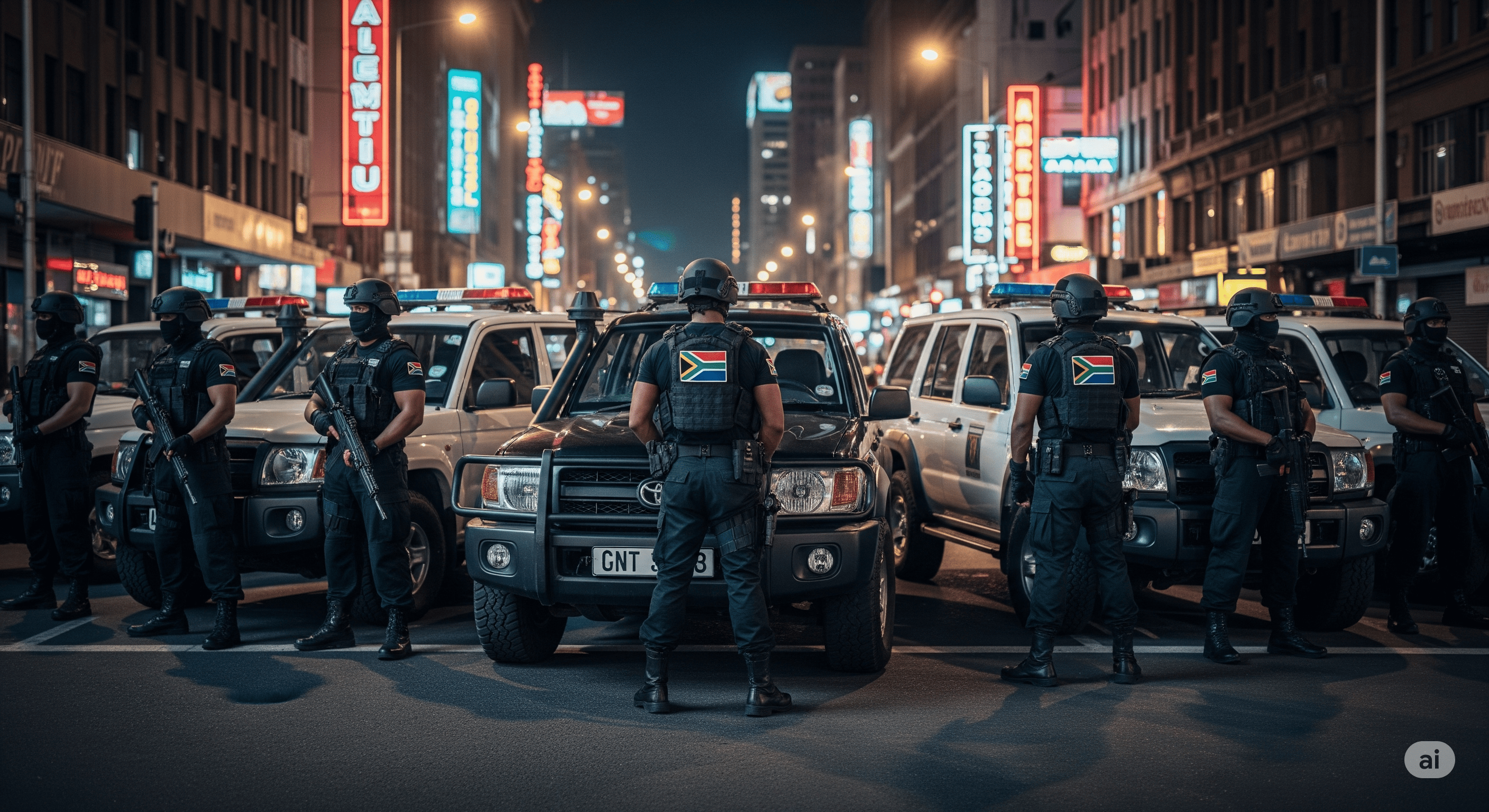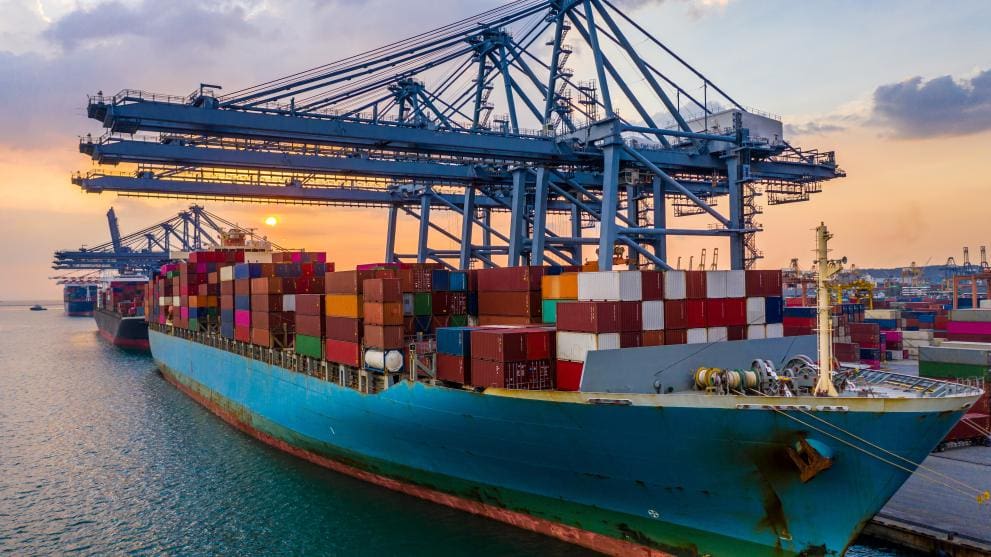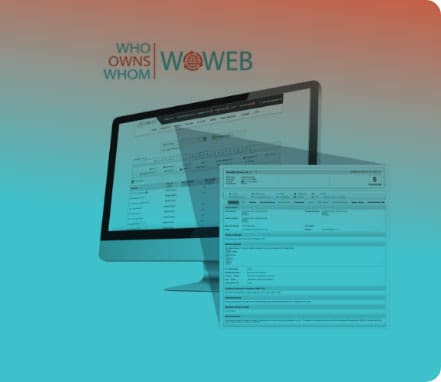Democratic Republic of Congo (DRC)
The Democratic Republic of Congo (DRC) has a GDP of US$55.09bn and a population of 89 million people, and has a surface area equivalent to that of Western Europe, making it the largest country in sub-Saharan Africa. The DRC is endowed with exceptional natural resources, including minerals such as cobalt and copper, hydropower potential, significant arable land, immense biodiversity, and the world’s second largest rainforest.
The DRC remains the African country with possibly the greatest untapped potential with its mineral wealth, but it is an underdeveloped economy and many of its people are impoverished. The DRC’s National Strategic Development Plan aims for it to become a middle-income country by 2022, mainly through transformation of its agricultural sector.
DRC’s economic growth decelerated from its pre-pandemic level of 4.4% in 2019, to an estimated 0.8% in 2020. Growth was driven by the extractives sector which, helped by robust demand from China, expanded by 6.9% in 2020 (compared to 1% in 2019). Real GDP is expected to grow by 1.2% in 2021 and 1.5% in 2022. This rebound will be driven by the increase in oil production, growth in services, and the revival of investment. Inflation is expected to be 2.6% in 2021 and 2.8% in 2022. Public debt was 83.3% of GDP at the end of 2019 and was expected to increase to 104.2% of GDP in 2020. The budget balance should show a surplus of 0.4% of GDP in 2021 and 0.7% of GDP in 2022. The current account deficit should be contained at 3% of GDP in 2021 and 3.5% in 2022.
But a continuation of the pandemic beyond the first half of 2021 could keep oil prices down, increase pressure on budgetary and external accounts and on the financial sector, which depends heavily on oil revenues.
Contact us to access WOW's quality research on African industries and business
Contact UsRelated Articles
BlogCountries Administrative and support activitiesSouth Africa
State-owned enterprises in South Africa – a sword of Damocles for the fiscus
Contents [hide] As articulated in the Who Owns Whom report on South Africa’s SOEs , the major SOEs’ total asset value (financial and non-financial) rose by 2.1 % to R1.65...
BlogCountries Public administration and defence compulsory social securitySouth Africa
South Africa’s security industry: A puzzle worth unravelling
No one can build his security upon the nobleness of another person” – Willa Cather Contents [hide] Security is an integral part of society, yet it is often taken for...
BlogCountries Electricity gas steam and air conditioning supplySouth Africa
South Africa’s Maritime Sector: Growth, Green Tech & Global Competition
Contents [hide] There is no doubt that the maritime transport sector is an important keg in the South African economic wheel. According to the Who Owns Whom report on maritime...





